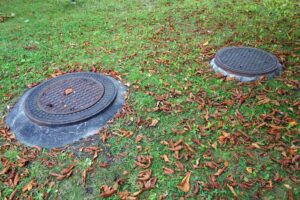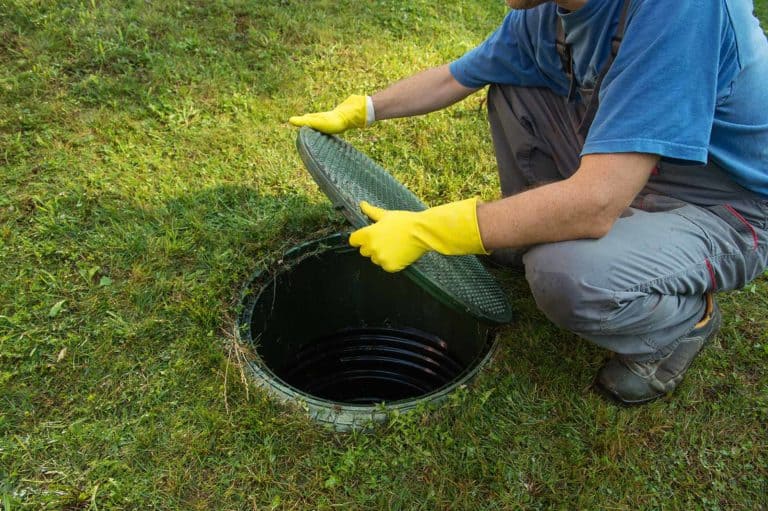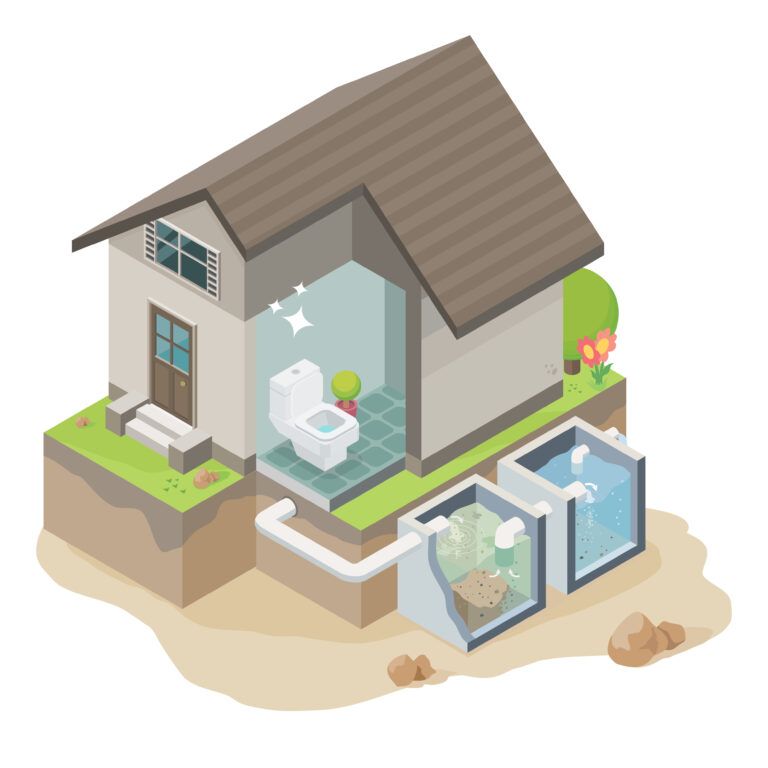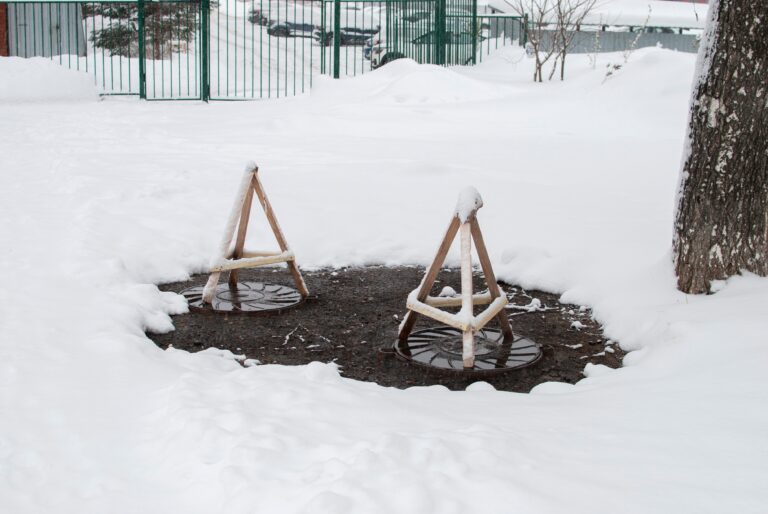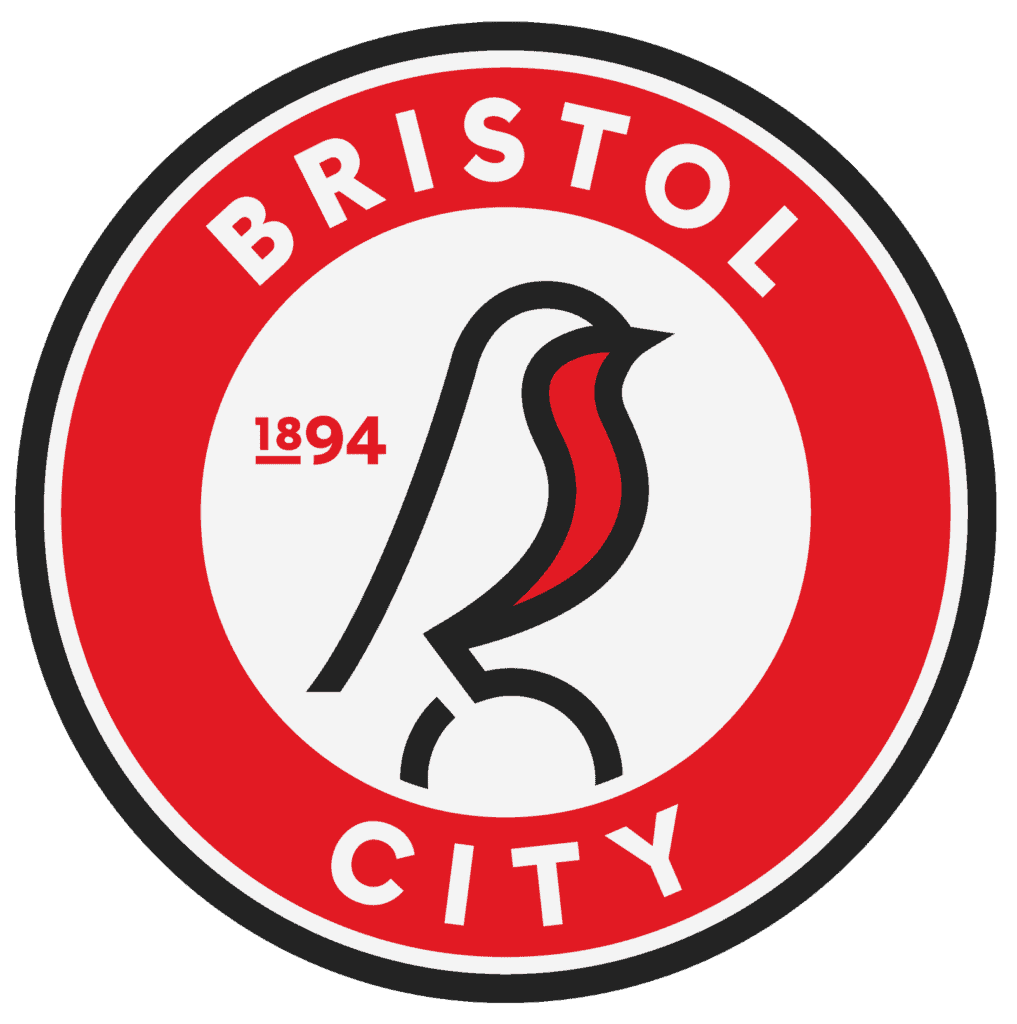What is a domestic sewage treatment plant?
Domestic sewage treatment plants are most common at properties and commercial buildings where a public sewage system is unavailable. A STP treats wastewater, similarly to a septic tank, but in this case, it’s a more eco-friendly solution. Domestic sewage treatment plants treat and clean the wastewater so it can be discharged into nature without causing any harm to the environment. As there are much tighter septic tank regulations, homeowners increasingly more often opt in for a treatment plant instead.
How does a Domestic Sewage treatment plant work?
Wastewater from domestic settings such as showers, baths, toilets, dishwashers, and sinks travels to this external plant which has multiple chambers. In the first chamber, the wastewater separates into solids and liquids, with solids being at the bottom of the chamber. This sludge then is removed by a sewage tanker periodically and is further treated. The liquid waste however flows into the second chamber of the plant where the treatment of the wastewater happens. In this zone, compressed air is pumped in, and with the help of oxygen, the aerobic bacteria begin to work. At times, some treatment plant models also have rotating disks to allow the bacteria to grow on a larger surface for more efficiency.
The treated effluent in the second chamber then flows to the last section of the tank where the bacteria settles to the bottom of the tank, and the treated wastewater can flow out to a watercourse if the Environment Agency allows, or to a drainage mound/ ground soakaway field. The settled bacteria is returned to the first chamber, where the process begins again, offering an efficient and environmentally friendly solution for households.
Why Domestic Sewage Treatment is Necessary
Utilising a domestic sewage treatment plant is crucial to not only protect the environment but also to reduce public health concerns from wastewater-induced diseases.
Untreated domestic sewage contains various pollutants, including organic matter, nutrients (nitrogen and phosphorus), pathogens, and chemicals. Discharging such untreated sewage into the environment and wild waters can lead to water pollution, disrupting aquatic ecosystems and harming aquatic life. The nutrients present in sewage can also cause excessive growth of algae and other aquatic plants, leading to oxygen depletion in the water and negatively impacting fish and other aquatic organisms. By taking action at a domestic level, the population can not only support the well-being of the environment around us but also ensure that the balance of our biodiversity is retained.
Untreated sewage often contains harmful pathogens such as bacteria, viruses, and parasites. If this contaminated water enters the drinking water supply or recreational water bodies, it can lead to the spread of waterborne diseases such as cholera, typhoid, and gastroenteritis which is extremely harmful to the population. The decomposition of organic matter in untreated sewage can release foul odours and gases, affecting air quality in surrounding areas and causing respiratory issues, which can be avoided by installing this eco-friendly sewage system in those properties where public systems are unavailable.


